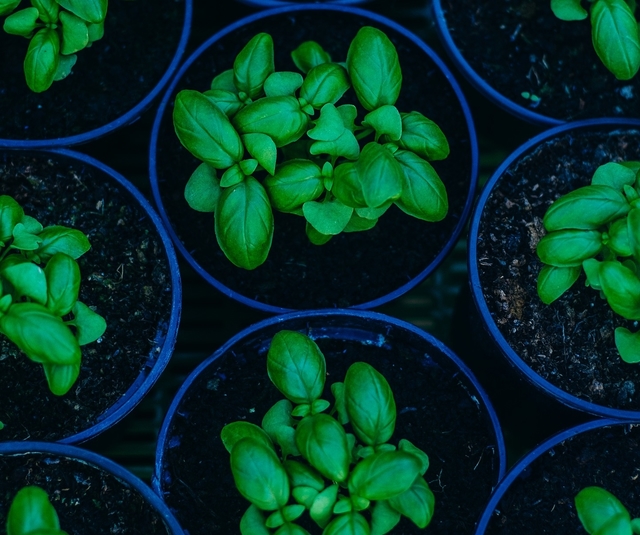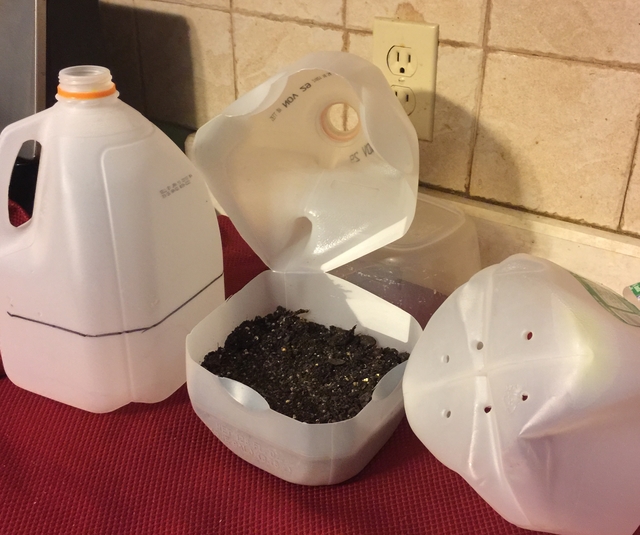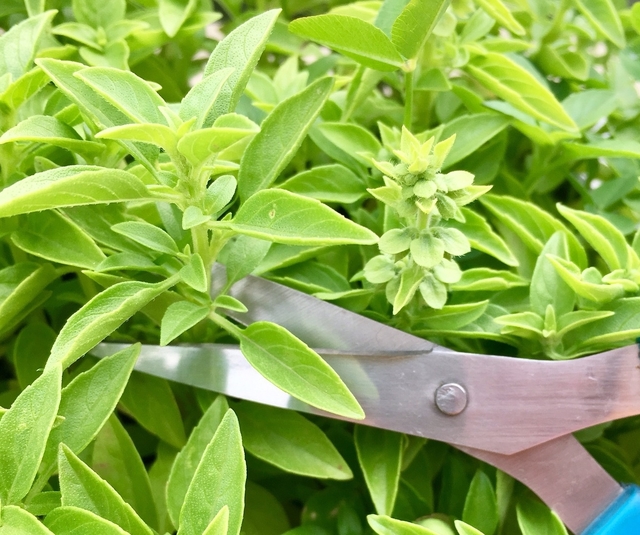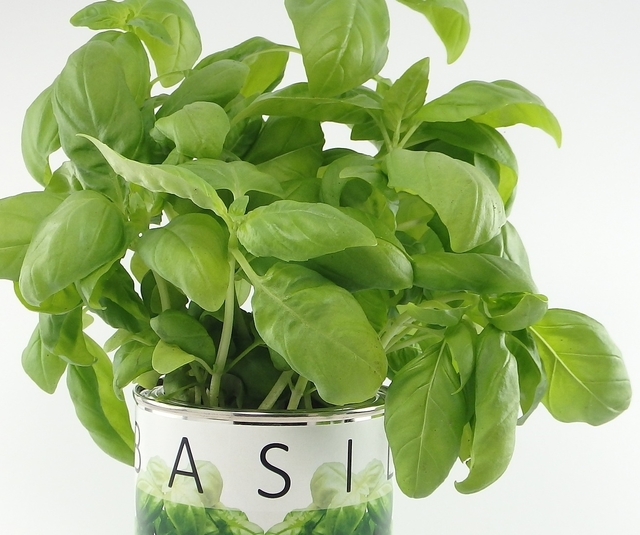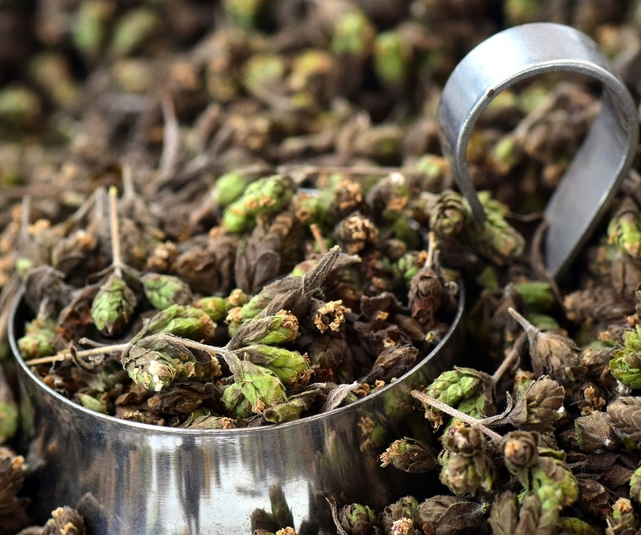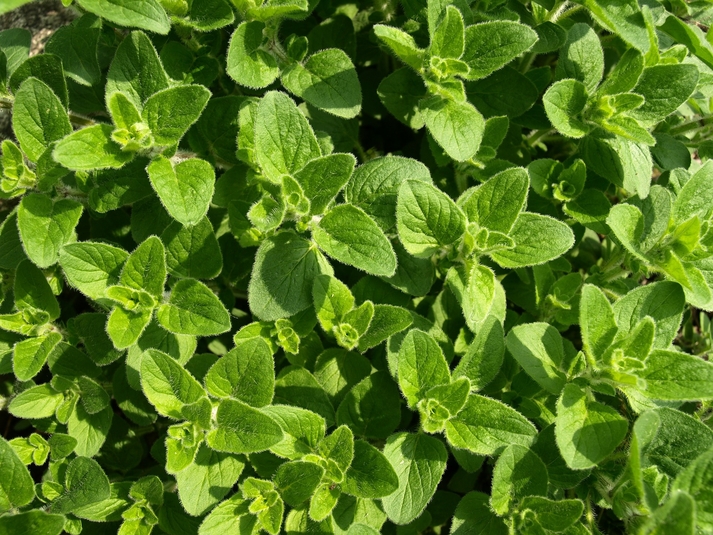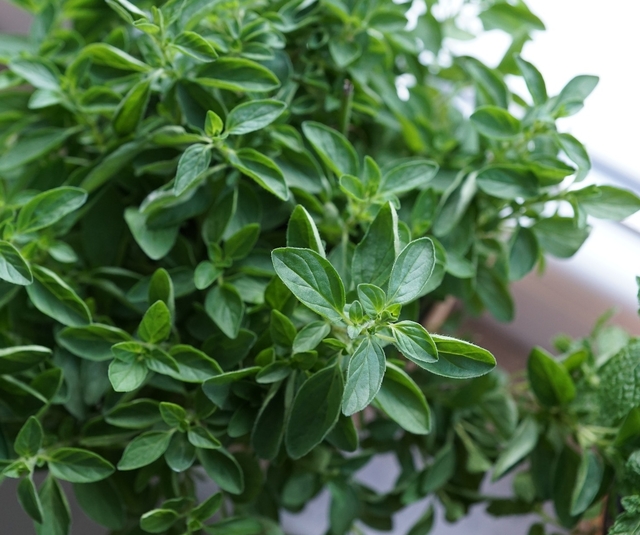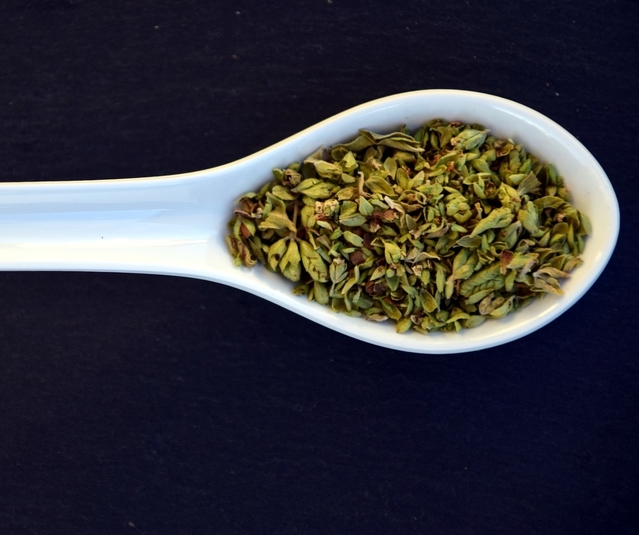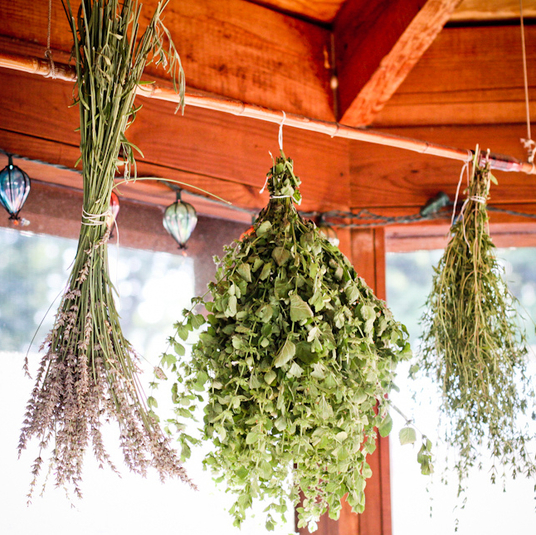This article presumes that you are familiar with the basics of making projects with hypertufa. If you aren’t familiar with the process, or just need a refresher, go to our Hypertufa 101 article with step by step hypertufa-making instructions, by clicking here.
I have made several hypertufa projects and by far my favorite mold for making planters is wicker baskets. They can readily be found for a few bucks at second-hand shops so I don’t worry that they will be destroyed by the process.
When you firmly push the hypertufa mix into the wicker basket’s cracks and crevices, the final look has a basket imprint which I find hard to match by any other method.
Types of Wicker Baskets
The thickness and strength of the wicker basket is important. Baskets that are thicker with a tighter weave will give you the deepest imprint on the final project but will be more difficult to de-mold later.
Recipe for Wicker Basket Planters
The common mix recipe of one part Portland Cement, one part peat moss and one part vermiculite or Perlite works well for small to medium planters.
Building on the Inside of the Basket
The above wicker heart was used as a mold to build the hypertufa on the inside. It will be a small planter just big enough for a mini hosta or sedum.
Wicker Baskets are generally used as inside molds so that beautiful wicker design is imprinted on the outside of the planter. It’s important to firmly press those hypertufa meatballs into the basket.
Here's a thicker basket filled with hypertufa.
DeMolding from a Wicker Basket
There are a few things you can do to make de-molding the project from the wicker basket easier.
Greasing the inside of the basket with Vaseline or cooking spray before adding the hypertufa mix is one way.
A trick I have learned is to vertically slice one area of the basket from the top to the bottom. Then place some duct tape over the slice to hold the basket steady while you build.
When it's time to demold, pull off the tape and begin the slow process of demolding at the area that you previously sliced open.
There are few garden projects that are as easy and rewarding as making hypertufa garden art and planters.
If you haven't tried it yet, read our Hypertufa 101 and get started! You'll be hooked in no time.












